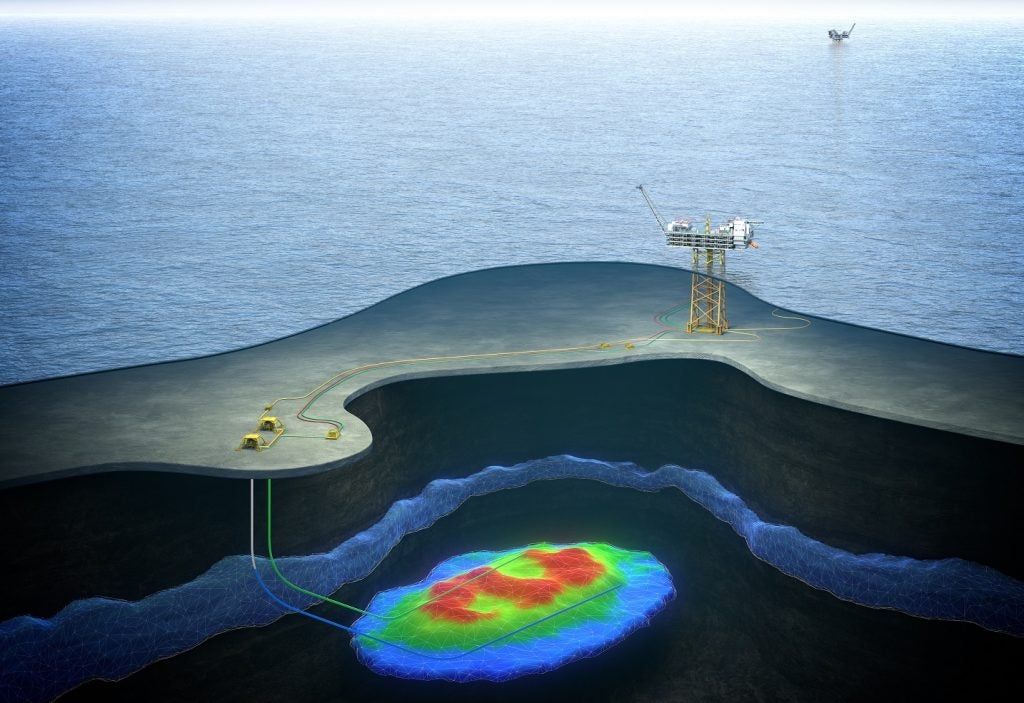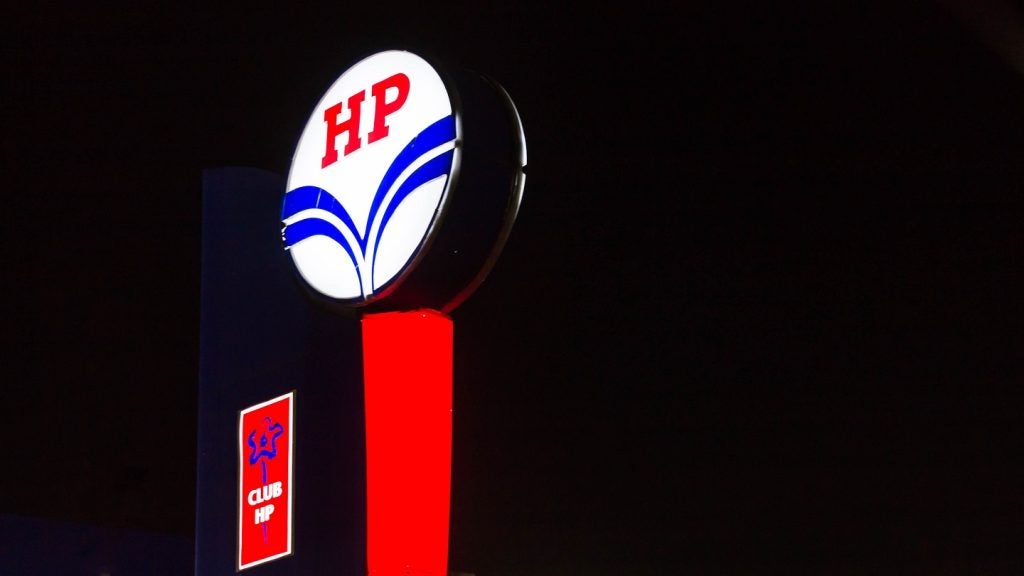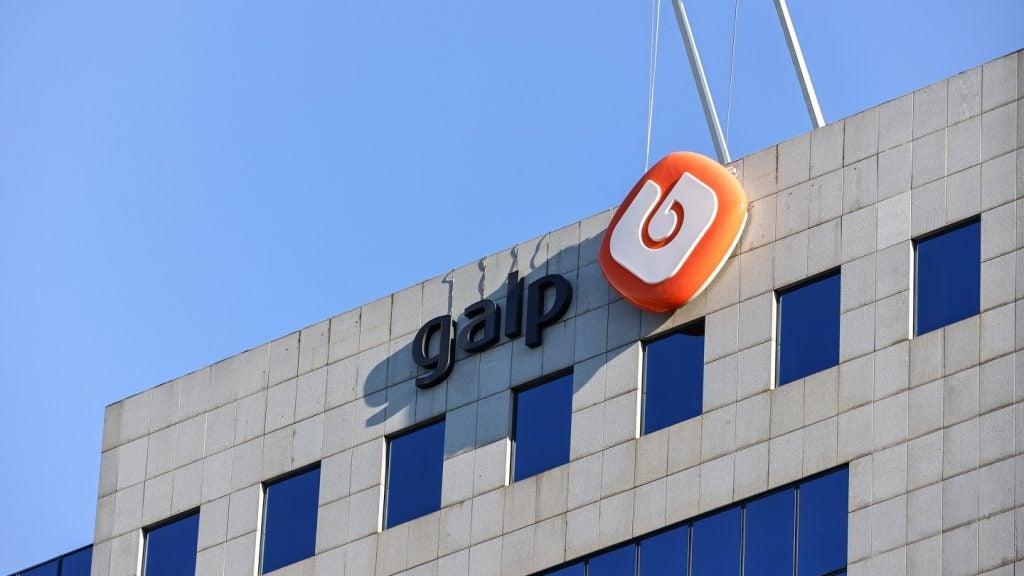Cambo is a conventional oil development located in deepwater in the UK and is operated by Ithaca Energy (UK). According to GlobalData, who tracks more than 34,000 active and developing oil and gas fields worldwide, Cambo was discovered in 2002, lies in block 204/10a ALL, 204/5a ALL, and 204/9a ALL, with water depth of around 3,582 feet. Buy the profile here.
The project is currently in approval stage and is expected to start commercial production in 2028. Final investment decision (FID) of the project will be approved in 2024. The Cambo conventional oil development will involve the drilling of approximately 13 wells and includes FPSO and subsea trees.
Field participation details
The field is owned by Delek Group.
Production from Cambo
Production from the Cambo conventional oil development project is expected to begin in 2028 and is forecast to peak in 2032, Based on economic assumptions, the production will continue until the field reaches its economic limit in 2056.
See Also:
Contractors involved in the Cambo conventional oil field
Some of the key contractors involved in the Cambo project as follows.
Design/FEED Engineering: Seatrium
Other Contractors: Baker Hughes, KBR, Crondall Energy Consultants, Asplan Viak and HitecVision
About Ithaca Energy (UK)
Ithaca Energy (UK) Limited (Ithaca Energy (UK)) is an oil and gas company. It carries out they exploration, development and production of oil and gas. The company also constructs production hubs. The company is a subsidiary of Ithaca Energy Inc. Ithaca Energy (UK) is headquartered in Aberdeen, Scotland, the UK.
For more details on the Cambo Conventional Oil Field, buy the profile here.
Premium Insights
From

The gold standard of business intelligence.
Blending expert knowledge with cutting-edge technology, GlobalData’s unrivalled proprietary data will enable you to decode what’s happening in your market. You can make better informed decisions and gain a future-proof advantage over your competitors.






